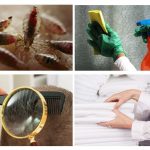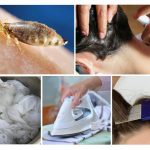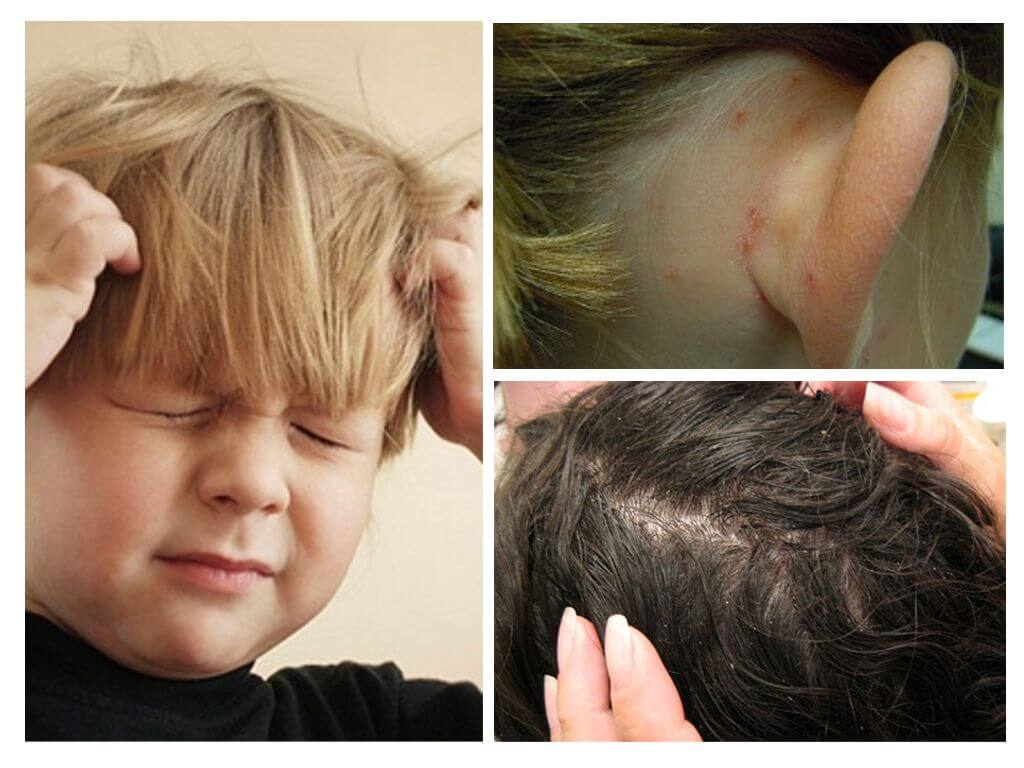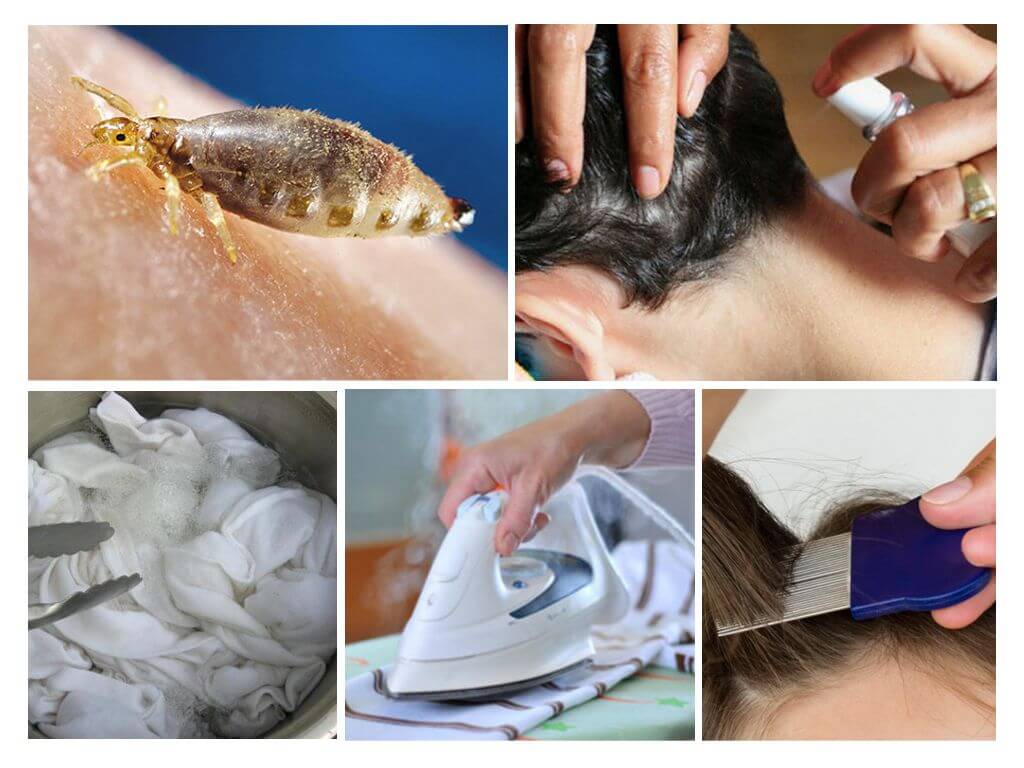New sanpin for the prevention of pediculosis
Content
- Prevention of pediculosis
- Signs of lice
- Lice Therapy
- Preventive measures
Today, when science and technology are leaps and bounds ahead, new opportunities are emerging in the treatment and prevention of deadly diseases. The issue of the prevalence of lice in preschool institutions and schools has not yet been removed from the agenda. A new Sanpin on pediculosis 2016 was adopted.
This regulatory document provides detailed instructions that are necessary to ensure prevention against the spread of diseases caused by parasites.Joint venture for typhus and pediculosis and scabies are mandatory for implementation throughout the territory of the Russian Federation.
Based on SanPiN 3.2.3215-14 with the amendments of 15 and 16 years, prevention consists of:
- surveys of the population, which should be carried out according to an approved plan;
- providing all preschool organizations (kindergartens and orphanages, orphanages and stationary organizations that take over the function of providing rest and recuperation of children) with an additional set of bed linen, personal hygiene products, as well as necessary detergents and disinfectants;
- supply of technical devices for disinfection and disinfectants of organizations that are engaged in the treatment and prevention of sick people, reception and distribution points, institutions of social security systems, prison isolators, houses for the night, temporary accommodation for migrants, sanitary guards, laundries and baths.
Three types of lice can feed on human blood:
- head licewhich live mainly in the hair at the back of the head, crown and temples;
- body licelodging in clothes, bedding, seams, folds and lines;
- pubic liceliving in the hair portion of the pubis, eyelashes, mustache, eyebrows and armpits.
Signs of parasite infection
In order not to confuse the manifestation of an allergic reaction with the bites of blood-sucking insects, it is necessary to know the signs by which these two phenomena can be distinguished from each other. You can talk about parasites, if there were headache symptoms:
- there was an itch and the bite site was combed to the blood;
- hardened skin due to the action of saliva during lice bites;
- skin color has changed due to minor hemorrhages and inflammation;
- hair with traces of pus sticks into mats, the skin turns into a crust, under which fluid accumulates.
Fight against lice is ongoing, as it is not only an aesthetic problem. These parasites represent health hazard baby because there may be carriers of disease: typhus and relapsing fever, as well as trench fever. Therefore, prevention is necessary.
Inspection Procedure
Sanitary rules for pediculosis require periodic examinations of all segments of the population for the presence of parasites. Subject to verification:
- children who attend kindergartens and other educational organizations - monthly;
- pupils of schools and vocational schools - 4 times a year;
- pupils of boarding schools, children in orphanages and orphanages - in accordance with the legislation of the Russian Federation;
- children who go to summer camps for rehabilitation - before departure;
- children residing in health care organizations once a week;
- patients admitted to inpatient units for treatment - at the time of admission and then every week;
- patients coming to the doctor's office - when referring to the hospital;
- employees of any organizations - during the scheduled medical examination and preventive examinations;
- other categories of persons subject to sanitary standards.
If during examination in a preschool a child with a pediculosisthen it is isolated from other children and sent for processing. A visit to the kindergarten is resumed only after complete recovery and if there is a certificate from the doctor. Examination of pediculosis in a kindergarten at Sanpin is conducted by a medical professional in accordance with the order of the Ministry of Health of Russia. All data is entered into head examination journal.
During preventive examinations of children in schools, all the requirements stipulated in regulatory documents should be observed. Pediculosis at school - the thing is unacceptable, since a large number of children of different ages communicate very actively and this can quickly lead to mass parasitic infection.
When parasites are found in a schoolboy, according to Sanpin for pediculosis, he is not allowed to attend school until cured. The end of prevention pediculosis treatment and full recovery must be confirmed by a doctor’s certificate. Only after this, the child can return to the school team.
Feedback
Pediculosis was found in my child at school during the examination. So far we have failed remove lice from a child, he was not allowed to study. With this I fully agree. I feel guilty that I did not notice pediculosis after the child returned from the health camp.
Galina, Kirovograd
An order for pediculosis sent to schools is an instruction on how a medical worker should act. During communication with the parents of the sick student, the health worker is obliged to give all the necessary recommendations for prevention and treatment:
- how to handle a child homemade lice;
- how to properly conduct sanitary treatment of the apartment, things and bedding in the place where the student lives.
Treatment of the disease
There are several methods by which you can get rid of lice: mechanical, physical and chemical. The form of the fight against parasites depends on their species.
If insect infestation is not very severe, then it can be mechanically comb lice and nits Frequent comb or shave (shave) hair. Hair with insects and nits burned.
Vs underwear lice carry out heat treatment: boil linen and iron with a hot iron. If this is not possible, then things are processed in special disinfection chambers.
The chemical method involves the use of special tools aimed at the prevention and control of parasites. These drugs must be non-toxic and belong to class 4 low-hazard substances. Most effective shampoos, the sprays, ointment.
Feedback
The presence of lice has not bypassed us. Baby lice appeared after visiting the kindergarten, the teacher shared the news. What I just did not do: and combed out, and kerosene enjoyed. They advised to buy Nuda remedy. Maybe everything in the complex and helped, but we cured pediculosis.
Tatiana, Vladimir
Preventive measures
Prevention of pediculosis is the use of comprehensive measures to combat the spread of the disease. The first thing that needs to be done to identify infected children or adults is to carefully examine the scalp. When parasites are detected, it is necessary to immediately begin treatment in accordance with the resolution of the chief sanitary doctor of the Russian Federation. After recovery do not forget about lice prevention.
Contact persons are also examined and in the absence of parasites are registered for 1 month with mandatory inspections every ten days.
Upon detection of pubic lice infected, sent to the dermatovenerologic dispensary, located on the territory of their residence.
To prevent the uncontrolled spread of parasites, certain hygienic measures are taken. These measures contain insect contamination of the surrounding area and include:
- compulsory and regular body wash;
- change of linen and bed every 7-10 days;
- haircut
- use in the care of hair only his personal comb;
- washing clothes, bedding
- regular cleaning of the house, all premises and adjacent territories;
- constant maintenance of the cleanliness of all surrounding furnishings.
In the century of tremendous speeds, sensational discoveries in medicine, it is very disappointing to realize that the problem of pediculosis is still relevant in schools, kindergartens, hospitals, emigration centers. To achieve success in the prevention of diseases caused by parasites, it is necessary to conduct mass informational events in preschool, school and vocational schools.
Feedback
I constantly check the child’s head, taught him to use only my personal comb, and not to transfer it to anyone and not to take it from other children. So far, with such a problem as lice is not faced
Catherine, Orel
It is necessary to tell the younger generation about the danger that lies in such seemingly small and harmless insects, how lice are transmitted. Print thematic brochures, information sheets,conduct preventive training events that clearly show how lice look and how they can and should be fought. Only such a broad offensive in all directions will give a positive and quick result in the fight against this disease, which has come to us since the beginning of the twentieth century and still haunts the twenty-first.













